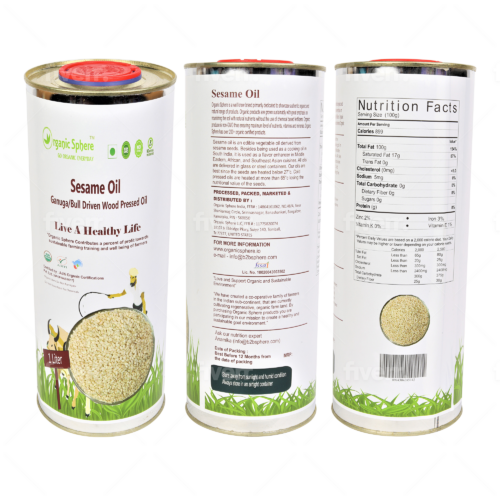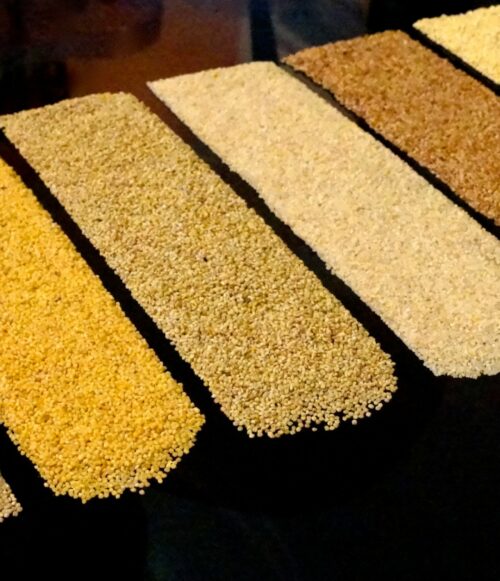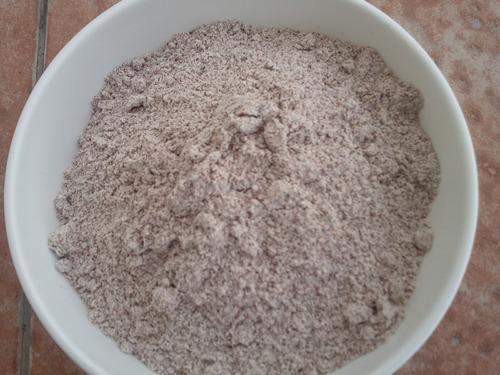Description
Origin
Good extra virgin olive oil should be grown, pressed and bottled in a single country. “Product of Italy” does not necessarily indicate that the olives are grown or pressed in Italy, only that it was packaged there.
Cold-Pressed
This indicates that no heat was used to extract the oil from the olives. Adding heat to the olives allows producers to extract more oil from the olives, but simultaneously destroys the delicate flavors and aromas so prized in a good extra virgin olive oil. It should be noted that “cold pressed” means at a temperature not to exceed 80.6°F, not actually “cold.”
Age
A good bottle of extra virgin olive oil with have a “pressing” date or sell-by date (usually one year after it is pressed) on the label, so you will know the age of the product. Unlike wine, olive oil does not age well. If you store it properly, away from light and heat (never on the back of the stove!), a good bottle of olive oil will not go rancid during its time in your kitchen. A good rule of thumb is to buy what you consume in a month to maintain fresh olive oil.
Color
Despite our natural inclination to associate a rich, deep color with better flavor and quality, the actual color of olive oil is not an accurate judge of its quality. In fact, extra virgin olive oils can range in color from deep grassy green to bright, yellowy gold. This variance is due only to the level of chlorophyll in the olives when they are pressed.








Reviews
There are no reviews yet.